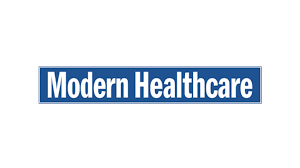Hospitals being squeezed: Anesthesia workforce gaps, payer cuts threaten surgery access
Editor's Note
Hospitals are bracing for service reductions as anesthesia staffing shortages collide with reimbursement cuts, Modern Healthcare October 14 reports. Executives and staffing experts see mounting financial strain that could limit patient access and stall growth plans, with rural facilities most exposed.
As detailed in the article, systems continue to rely on staffing agencies to cover gaps while pursuing fixes like expanding CRNA and anesthesiology training and simplifying OR operations. Leaders caution those steps may not counter rising costs and payer pressure. At McKenzie Health System in rural Michigan, for example, temporary CRNAs can cost $250 per hour, and a recent 15% UnitedHealthcare rate cut for independent CRNAs compounds existing headwinds from operating costs, denials, and lower public-payer rates. Michigan is among 44 states allowing CRNAs to practice independently.
The article reports half of anesthesiologists are 55 or older, fueling wage growth. AMN data show average starting salaries up 32% for anesthesiologists to $485,000 and up 26% for CRNAs to $279,000. Average anesthesiologist signing bonuses approach $60,000, above the $38,215 average across specialties.
Reimbursement trends add risk. Per the outlet, UnitedHealthcare’s cut follows similar moves by Elevance and Cigna, while Medicare anesthesia rates fell 6.5% from 2021 to 2025. Hospitals can avoid some commercial cuts if physicians supervise CRNAs, but many rural sites lack that capacity. Safety-net and rural hospitals often break even or lose money on common anesthesia-dependent services, heightening vulnerability as costs rise.
The American Association of Nurse Anesthesiology maintains there is no difference in quality or outcomes between CRNAs and anesthesiologists. Health systems are responding by growing training pipelines and tightening OR throughput. Westchester Medical Center aims to expand residency positions and explore a CRNA program; Allegheny Health Network is adopting block scheduling and tech-enabled workflow to curb downtime. Leaders emphasize efficiency will be essential as payers continue to push for lower anesthesia spend.
Read More >>

 Free Daily News
Free Daily News